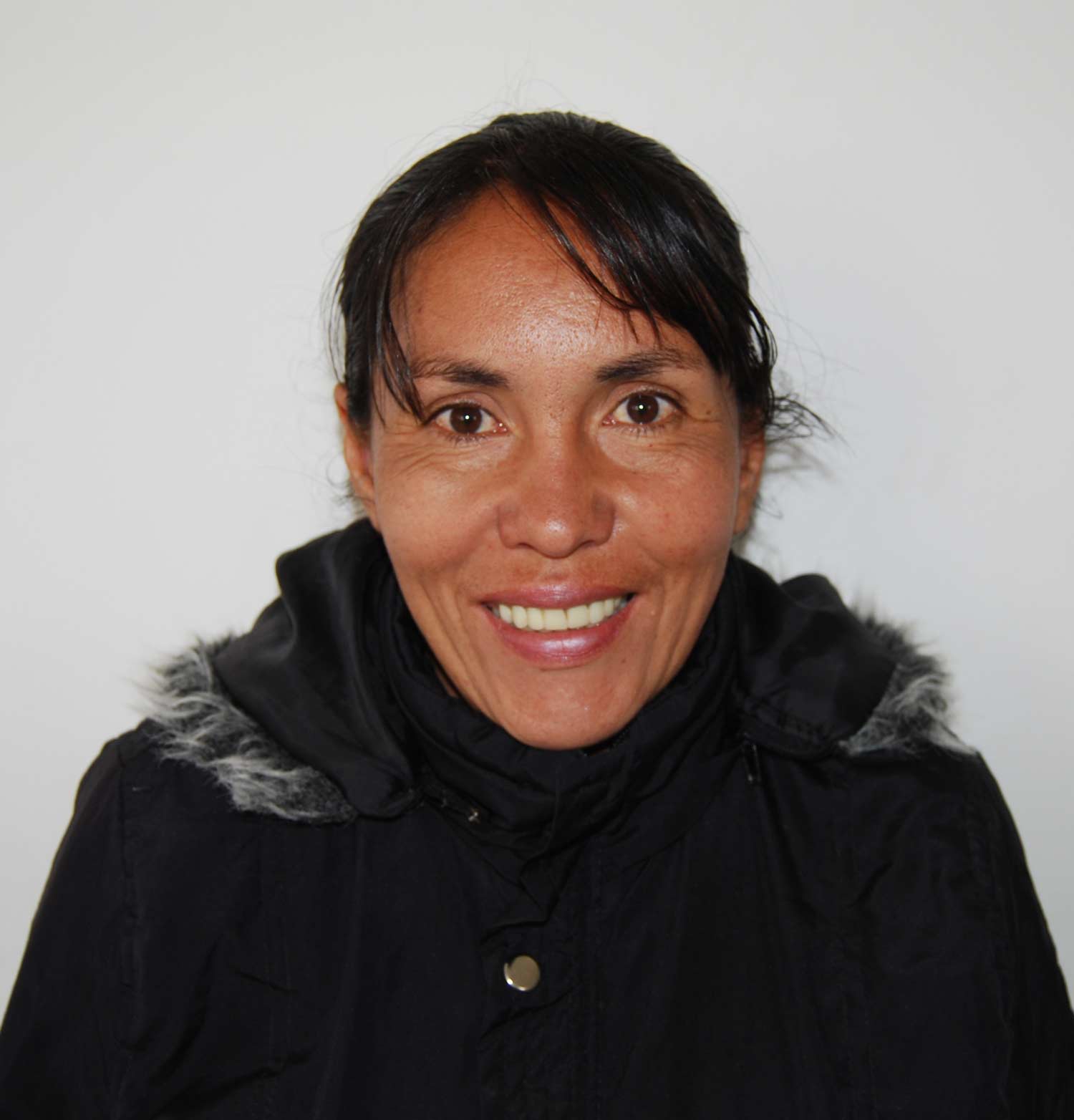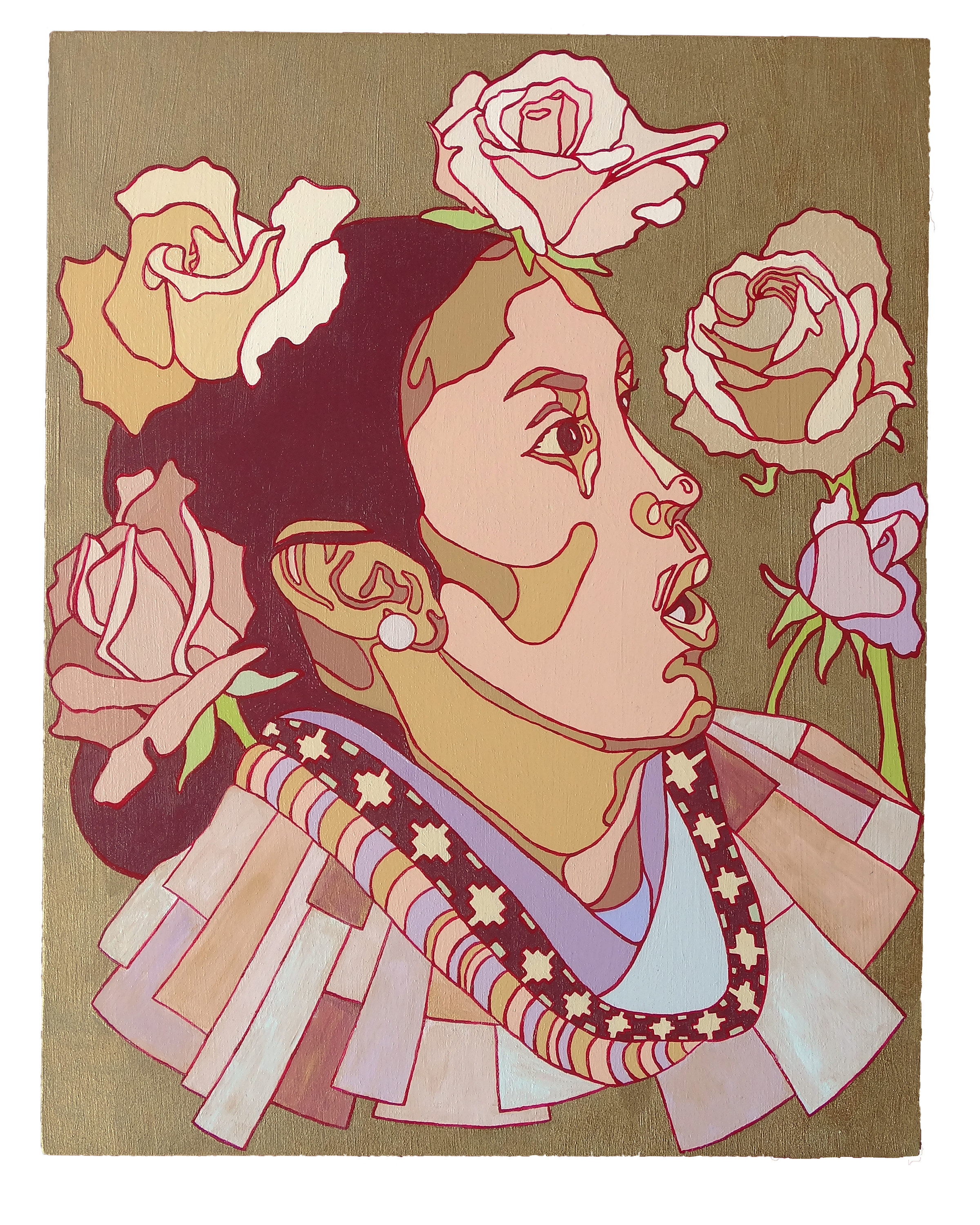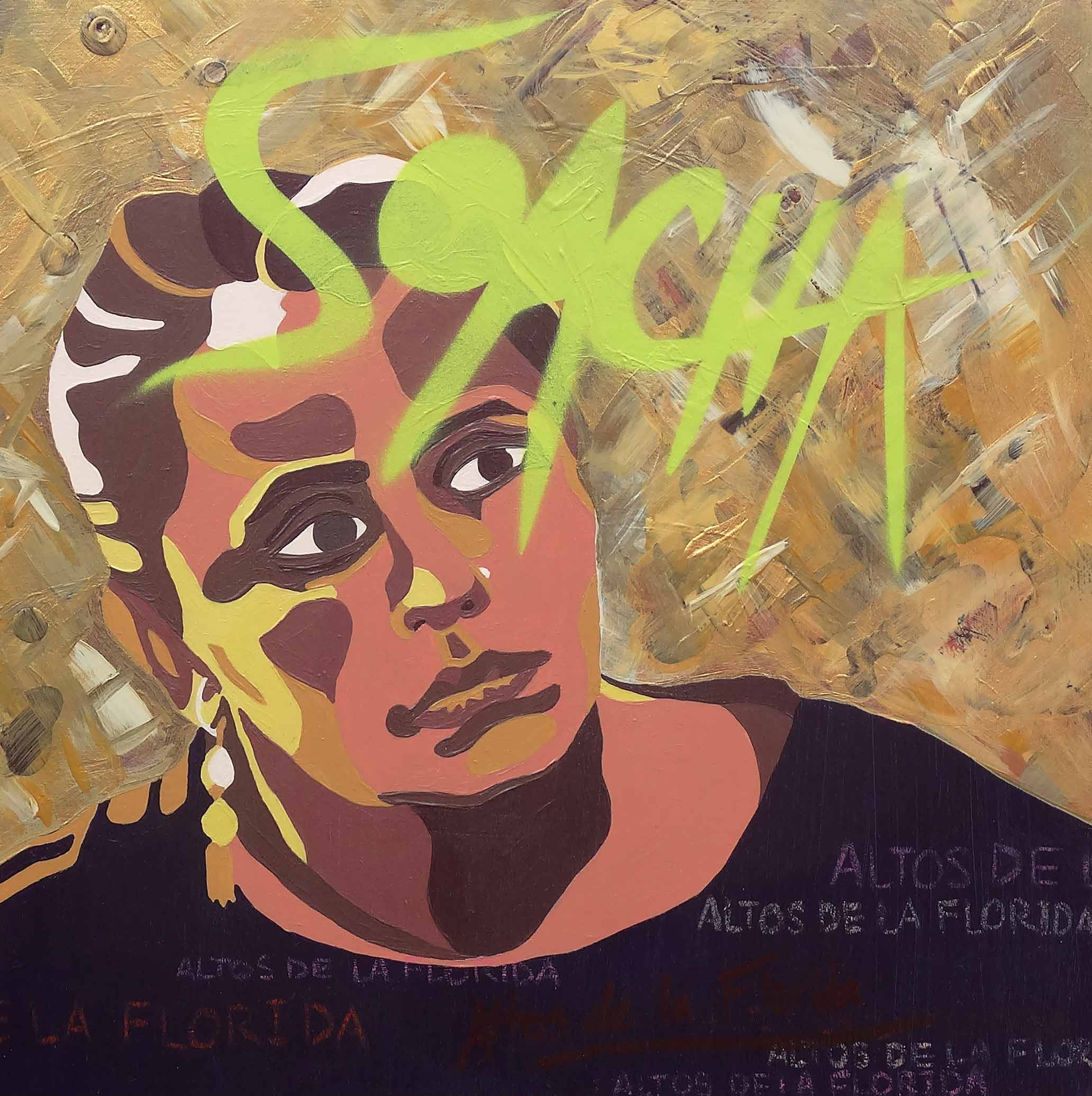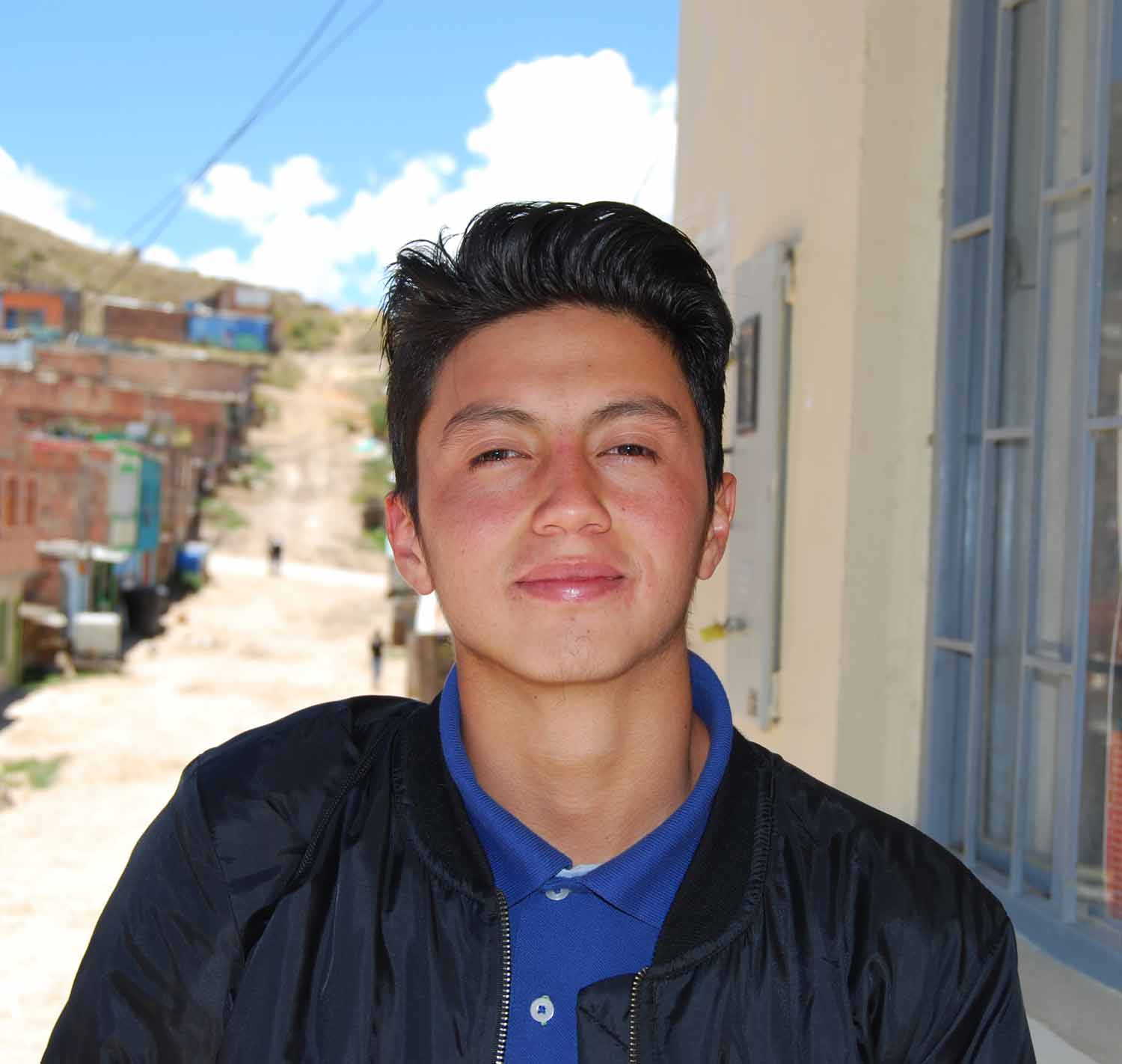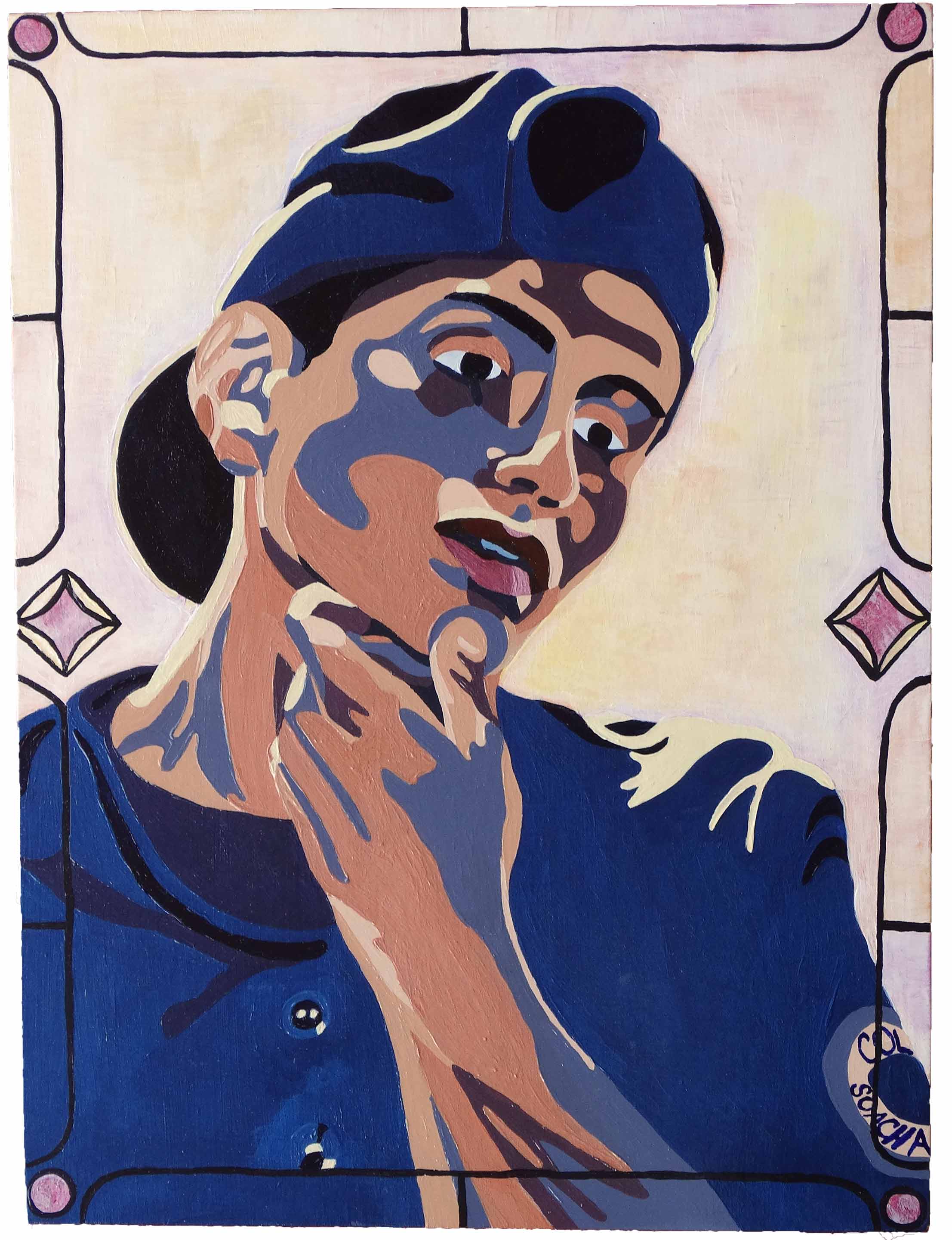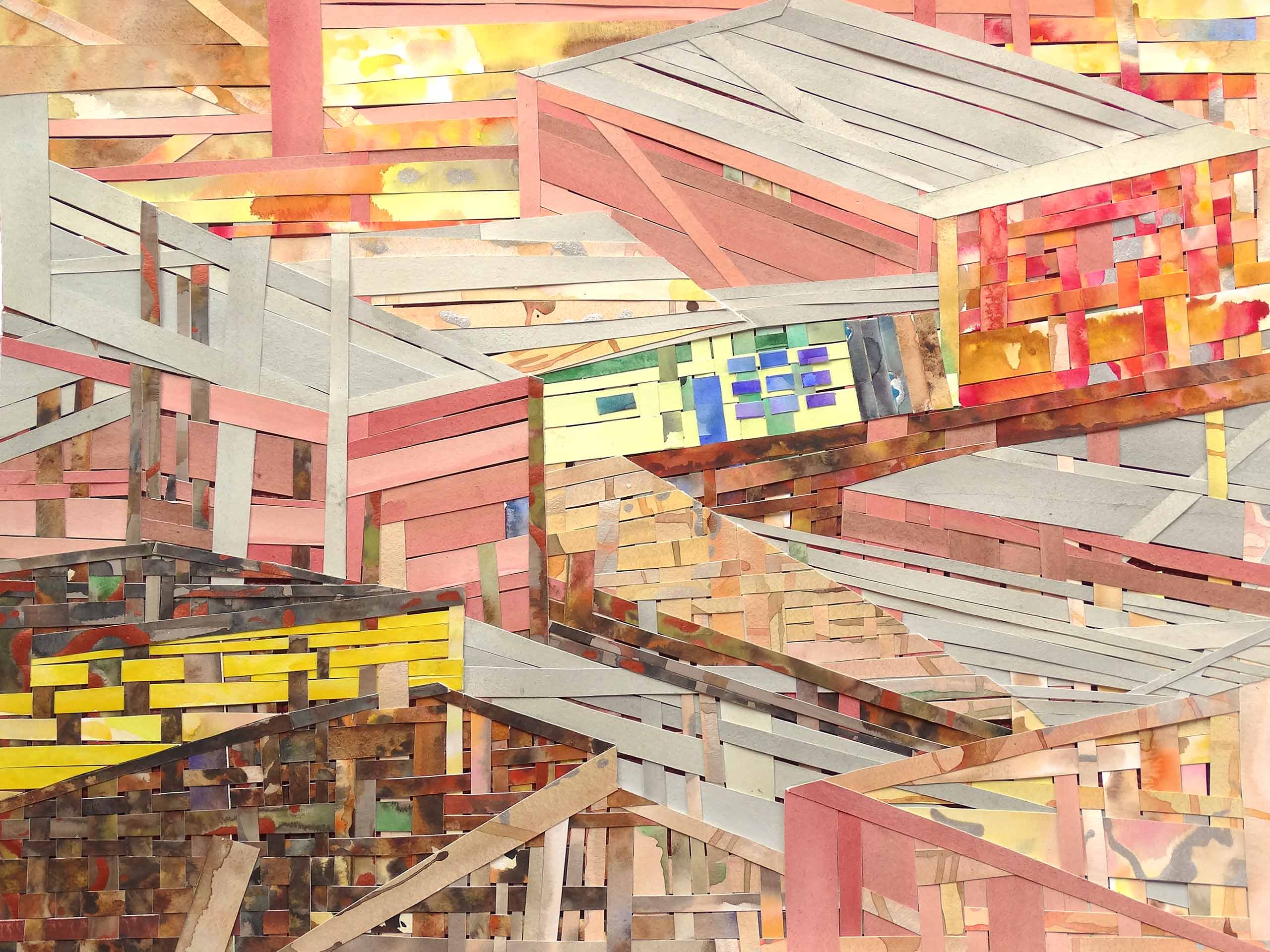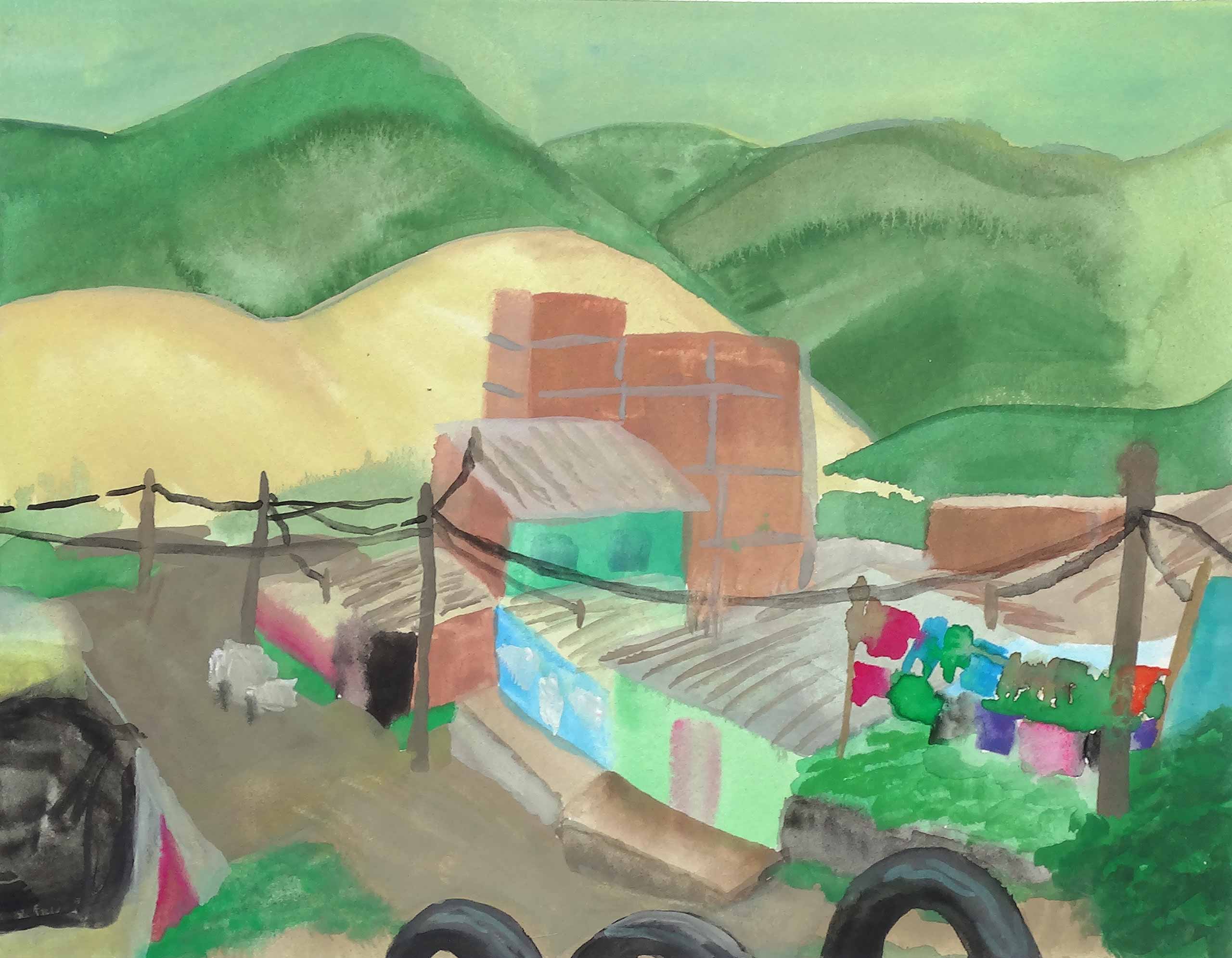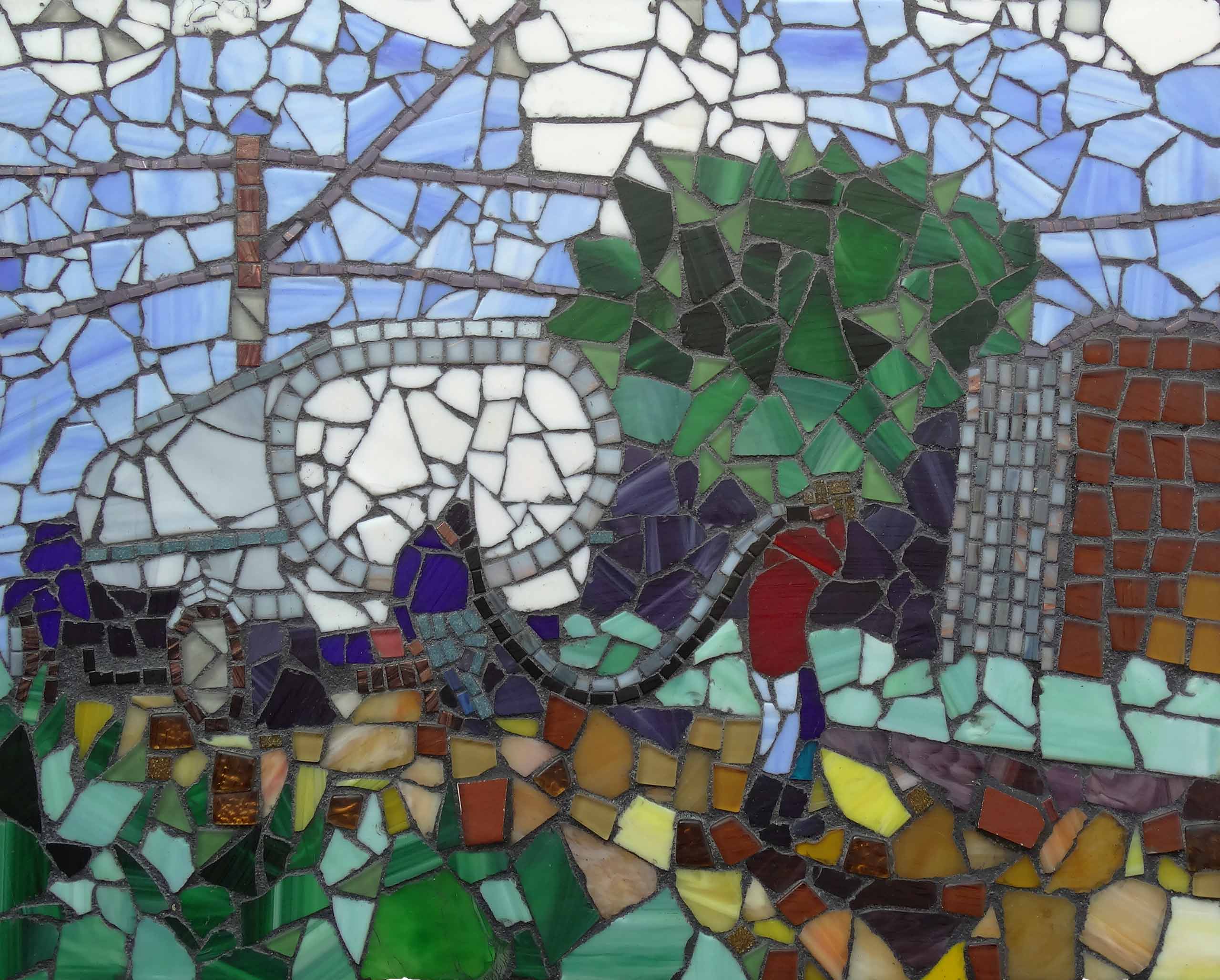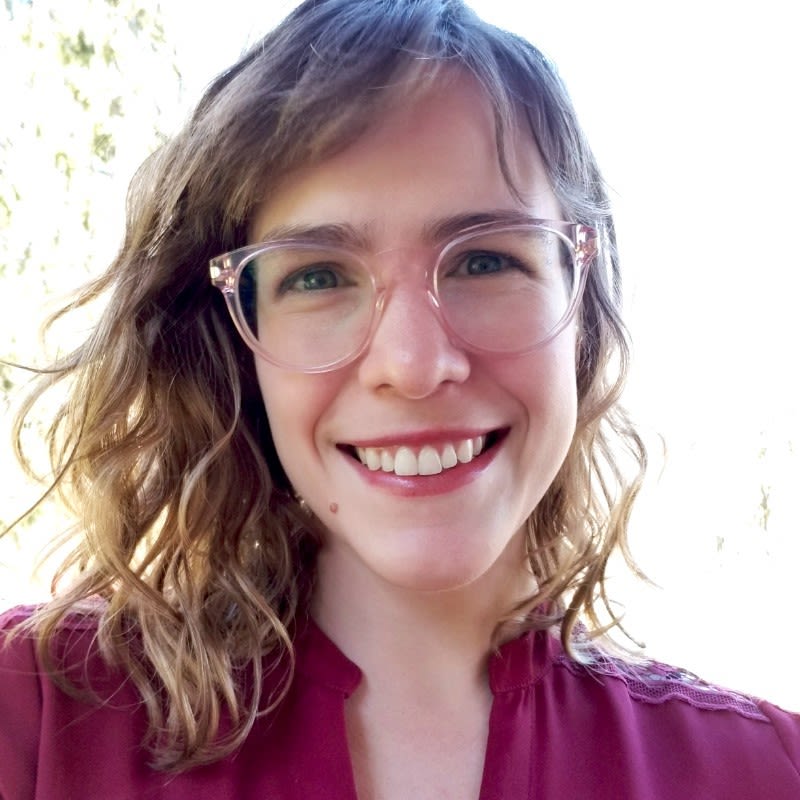The Last Refuge
Urban displacement in Colombia
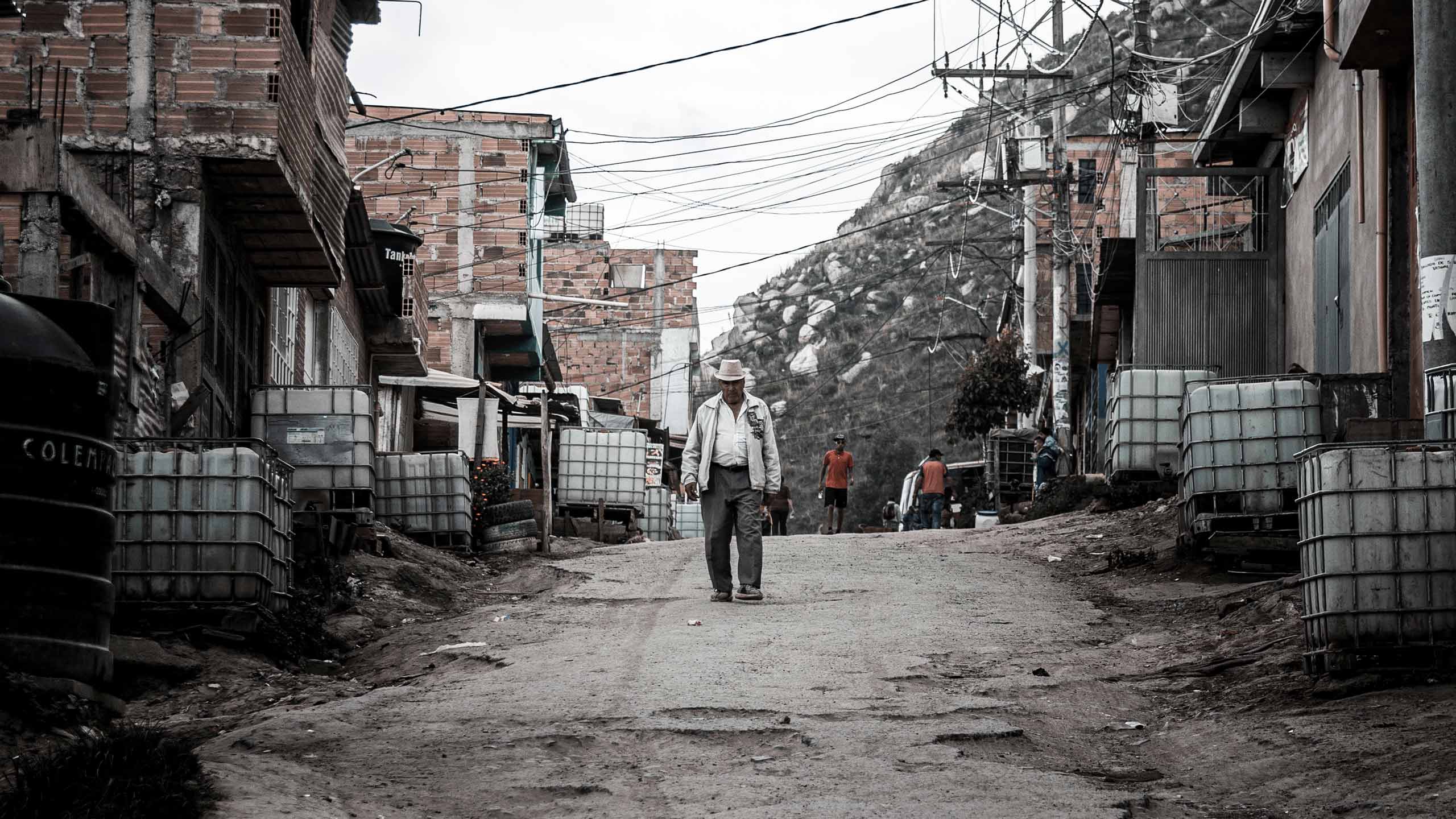
Colombia is, after Syria, the country with the highest number of internally displaced people (IDPs) in the world: 5.6 million. A huge 89% have been displaced from rural to urban areas by conflict and violence. In Colombian cities, informal settlements have become the last place of refuge for many IDPs.
Between 2016 and 2019, IDMC's Pablo Cortés Ferrández spent time in Colombia meeting some of the people affected by rural-to-urban displacement. He learned about the problems they face, about their hopes for the future, and their resilience. This multimedia story is rich in the original art, recordings, and photos collected along the way. Scroll down to experience the stories of three Colombians all internally displaced from rural to urban areas in what some have called "the forced urbanisation of the country".
"If the rent was paid, the food was not."

Photo portrait of Paula.
Photo portrait of Paula.
Artist's portrait of Paula.
Artist's portrait of Paula.
Paula's story
Paula has experienced two displacements, built her own home, and is currently one of the community leaders of the Altos de la Florida neighbourhood. Empowerment and hope have allowed her to overcome the challenges of repeated urban displacement.
I was displaced in 2005 from Villavicencio to Istmina in Chocó, on the Pacific coast of Colombia. In Istmina we got into difficulty because it was a red zone and we were displaced again in 2008. I decided to go to Bogotá and my husband to Buenaventura, but he was displaced again and came to Bogotá. We were living in the Patio Bonito neighbourhood but we paid 530,000 pesos (142 USD) in rent and my husband earned 700,000 (187 USD). If the rent was paid, the food was not.
Paula received valuable leadership training from various organizations and the Colombian government. Today, she actively participates in programs that protect the rights of children and women. Paula's main objective is to continue training as a leader to acquire the necessary skills that will allow her to work with her neighbours, NGOs, and the government in a more collaborative way.
On January 17, 2014 we started building our house. It took nine months. I now live here, in the Altos de la Florida district in the municipality of Soacha with my husband, my 12-year-old daughter and my 7, 11, 12 and 14-year-old children.
Paula's neighbourhood is located in Soacha, a part of the urban sprawl that surrounds Bogotá. It is the perfect example of the emergence of informal settlements and informal land markets which can be found in most fast-growing cities hosting IDPs in Colombia. Soacha is one of the main IDP-receiving areas in the country. As of today, more than 56,000 IDPs or 8.9% of the total population of Soacha, have sought refuge in the city.
She sees Altos de la Florida not as an informal settlement but as a human settlement. She is aware of the fact that much of the neighbourhood consists of unofficial buildings, but is nevertheless doing her best to manage the continuous arrival of people. Together with universities, she has developed architectural plans to be worked on in collaboration with the local authorities. These plans officially indicate the streets and houses of the neighborhood. The community, with the support of universities and NGOs, presented the plans to the local authorities to help them in their negotiations to legalise the existence of their homes. As one of the neighbourhood representatives, she fights daily to improve the living conditions of her family and her neighbours.
While millions of IDPs in Colombia consider that urban areas can offer them protection, many actually end up in informal settlements where they can be faced with numerous unexpected risks and vulnerabilities.
"We feel that we do not exist for the authorities."

Andrea's story
The words Soacha and Altos de la Florida are superimposed on Andrea's artistic portrait, precisely because many urban IDPs feel stigmatised when they say they live in an informal settlement.
Artist's portrait of Andrea.
Artist's portrait of Andrea.
Certain neighbourhoods or localities, such as Altos de la Florida and Soacha, can find themselves besieged by prejudices.
I was displaced from Putumayo to Bogotá ten years ago. The change from living in the countryside to the city was very hard. I cried every day. Living on a farm is a very different feeling to the feeling of confinement you get in a city. I lived in many neighbourhoods and in the end I bought a plot in Altos de la Florida.
Today, Andrea is the secretary of the Junta de Acción Comunal (community action board), the body in charge of representing the community before the local authorities. The main objectives of this body are to tackle stigmatisation, to connect the neighbourhood to drinking water and the sewerage system, and to improve access to education.
The most difficult thing is living without public services. We have no permanent access to water; it only comes through a truck. There is no sewerage system and the lights work very badly. We feel that we do not exist for the authorities.
She dreams of being able to turn her neighbourhood into an official part of the municipality. Andrea finds it particularly hard to bear that the women, men, and young people who reside in the neighbourhood cannot write their true address on official documents due to the stigmatisation people who live in informal settlements. For example, some residents told us that they do not write their address on their resume because not doing so ensures they will have a better chance of getting a job.
Andrea is part of the neighbourhood's training programmes and is improving her communication skills to be able to represent Altos de la Florida in meetings not only at the local level, but also at the national level when victims of Colombia's armed conflict meet.
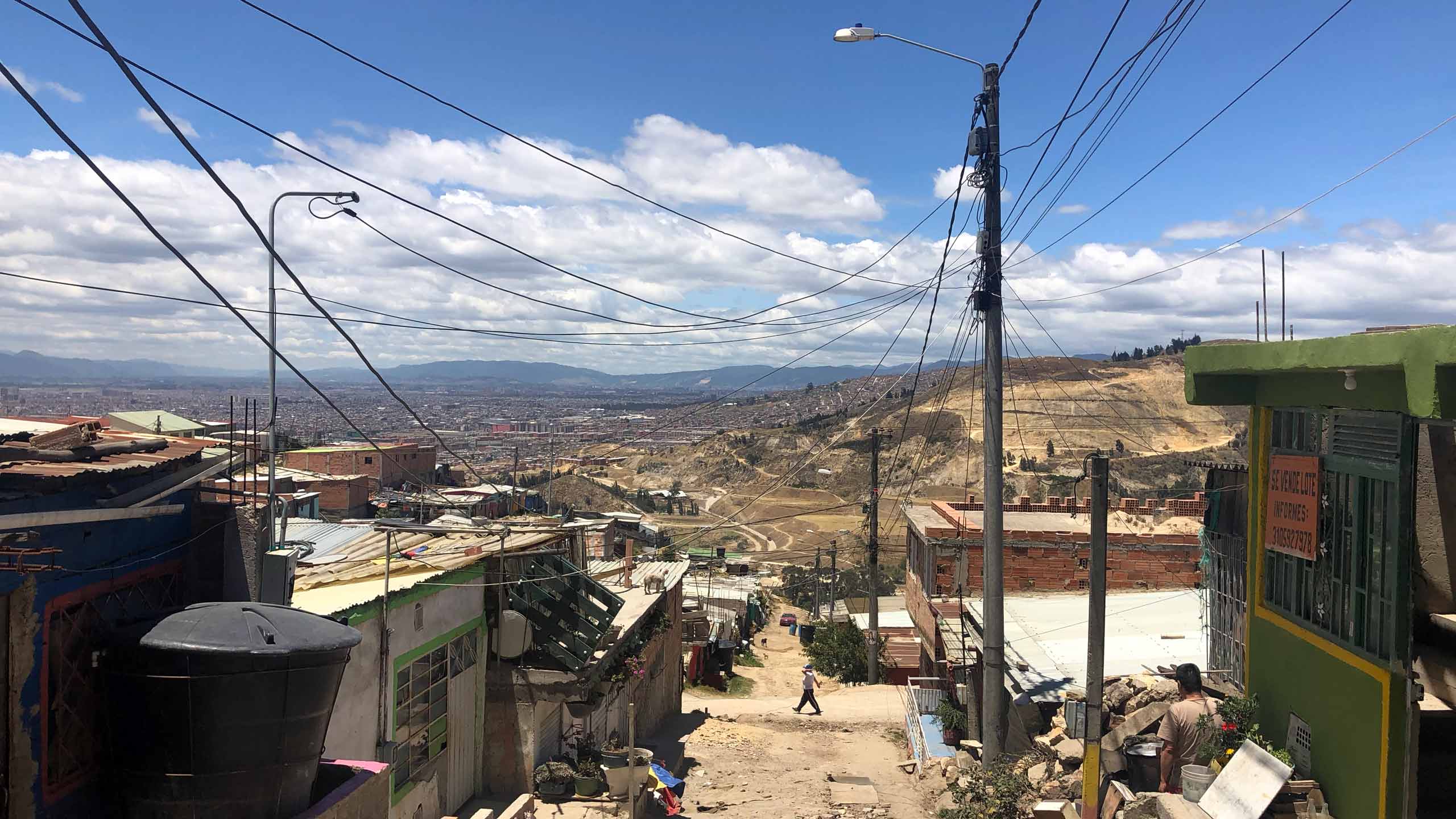
"I want to pass on what I've learned at university to my neighbourhood."

Pablo's story
I don't consider myself displaced. I'm from one of those 'other' families who came to the city looking for economic opportunities. I came to Altos de la Florida when I was six years old. Back then there were very few houses. I began to spend time in an international NGO program for children. They inspired me to take care of myself and to keep away from dangerous paths. Then came another organisation that supported us to create a breakdance group and I eventually got into university to study social work.
The arrival of the first urban IDPs to Altos de la Florida in 2001 led the United Nations (UN), as well as international and national NGOs and some national authorities to work in the neighbourhood. The initial objective was to provide emergency assistance in terms of housing, food, health, education, and employment. However, over the years the community of Altos de la Florida has become the driver of many of its own grassroots projects. Pablo is an example of these processes.
He participated in innovative training programs designed to educate on him on his rights and other topics through breakdance. These programs were financed by local authorities, UN agencies, and NGOs. The goal was to empower Pablo and other young people like him to create their own organisations for the community. Today, his breakdance group is an association that trains other young people in the neighbourhood.
Following Pablo's example, a group of women from Altos de la Florida have also started to coordinate activities within an NGO. The NGO focused on training people so that they could end up in a position to work with other women and children on education, economic opportunities, and violence prevention. This approach has in turn made the NGO's work more sustainable and brought it closer to the community it serves.
I knew that what I learned at the university I wanted to pass on to my neighbourhood. Despite the fact that the resources we've received have been very few, we've formed a large and strong group of children and young people who express themselves through breakdance, build for the future, analyse their situation, and seek out ways to better themselves through study and work.
Many adults and young people in Altos de la Florida are now community leaders, capable and confident enough to participate in discussions with the local authorities on how to improve the neighbourhood. Some of them have even taken the reins, coordinating the work of the very organisations that once helped them.
Photo portrait of Pablo.
Photo portrait of Pablo.
Artist's portrait of Pablo.
Artist's portrait of Pablo.
Life in an informal settlement
Around 73% of the residents of Altos de la Florida live in poverty. Around 53% are under 25, and 49% are women. Between 30% and 40% of the community – or around 1,400 people – are IDPs. Around 40% of them have been living in the neighbourhood for more than six years.
Most internally displaced people (IDPs) in Altos de la Florida arrived from other informal settlements or urban areas, citing the lower cost of living as their main reason for moving. However, this masks the fact that the majority were originally displaced from rural areas – and often more than once. Following displacement, many tried unsuccessfully to settle in formal neighbourhoods in Soacha or Bogotá before arriving in Altos de la Florida.
In an informal settlement, IDPs share some vulnerabilities with non-displaced residents of these often deprived neighbourhoods. They also only have promissory sales agreements for their homes, which do not constitute official proof of ownership.
Altos de la Florida – on the edge of Soacha, near Bogotá – formed with the arrival of families displaced by decades of violence and acute poverty in Colombia. It is now home to hundreds of households who live with intermittent electricity and no running water. (Video: UNHCR)
The authorities tried to clear Altos de la Florida in 2009, but the community and humanitarian organisations managed to prevent any evictions from taking place.
Lack of basic services
The people we interviewed identified drinking water as their main concern in terms of services. Despite being only a few minutes from the capital, the neighbourhood does not have mains water or a sewage system. Households receive drinking water by truck every two weeks. Having to wait at home for the delivery also impedes their ability to work, study, and take part in community processes and NGO projects.
Around 89% of the people we surveyed did not have access to education, 86% were not formally employed, and 53% had no access to vocational training. Around 34% receive welfare.
Informal status
The municipal authorities do not consider Altos de la Florida a part of Soacha. Only some parts of three of its five sectors have been legalised.
Altos de Florida is a vulnerable community due to the informality of the neighbourhood.
According to the representative of one international organisation interviewed: “Altos de Florida is a vulnerable community due to the informality of the neighbourhood.”
Wooden collage depicting the colourful rooftops of a settlement like Altos de la Florida.
Wooden collage depicting the colourful rooftops of a settlement like Altos de la Florida.
A watercolour painting of one of the steep streets in the neighbourhood.
A watercolour painting of one of the steep streets in the neighbourhood.
A stone collage depicting water truck deliveries to Altos de la Florida – a neighbourhood less than one hour from Bogotá.
A stone collage depicting water truck deliveries to Altos de la Florida – a neighbourhood less than one hour from Bogotá.
How we help
Every day, people flee conflict and disasters and become displaced inside their own countries. IDMC provides data and analysis and supports partners to identify and implement solutions to internal displacement.
In the 21st century, urban centres have increasingly become destinations for internally displaced people. This is not a new phenomenon, but its real scale at regional and global levels is not known. We also know little about the extent to which cities provide safe havens for those internally displaced and the degree to which they are able to establish new urban lives. And we have only limited insights into how displacement shapes urban systems.
Our research programme on urban internal displacement seeks to fill that information gap by exploring the scale, nature, and dynamics of urban internal displacement across the world from the perspective of both internally displaced people and that of the cities they flee to.
If you would like to learn more about urban displacement in Colombia, read our report "From Aid to Empowerment: Addressing Urban Displacement in Colombia's Informal Settlements".
About the artist
My name is Calen Olesen. I have been creating art since I was very young because my grandmother is an artist and she made sure to introduce all of her grandchildren to art at an early age.
In my art, I always strive to make sure the medium matches the subject matter. In the case of Soacha, I wanted to create pieces that both helped illustrate the lives of the residents and depicted them as influential and powerful figures in fine art.
While the pieces are definitely designed to be informative and to help summarise the research conducted in Soacha, I was always more focused on how I hoped the residents would react to the art. Thankfully, they seemed to be pleased with the finished pieces.

Credits
- Cover photo: ricbravo96
- Research: Pablo Cortés Ferrández
- Original artwork: Calen Olesen
- Digital story concept and implementation: Steven Kelly
- Cinemagraphs (moving artwork): Oakbeam Pictures Ltd.

